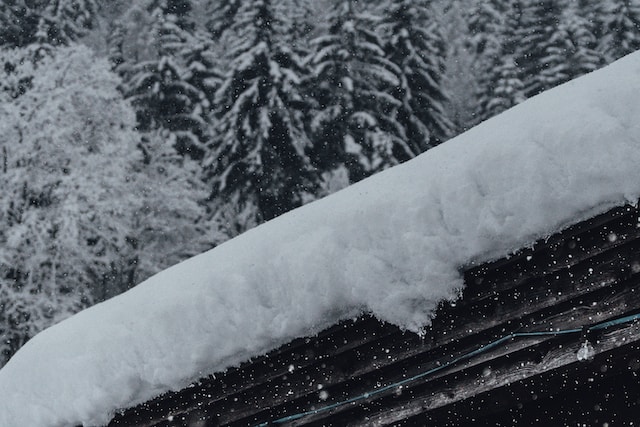
Snow Load Calculators Demystified: Understanding the Basics for Safe Building
Snow loads are a significant force on structures, and they can dramatically impact their lateral performance in a seismic event. The software calculates ground and roof snow loads to comply with American Standards.
This paper proposes a transparent way towards a reproducible snow load map conformable to CEN standards (CEN, 2015). The procedure involves simulating snow loads with the Dsnow model at intensively quality-checked long-term snow depth records. A GAM with penalized regression splines is then used to spatially interpolate the generalized extreme value distribution of the simulated snow load maxima.
Snow Density
What is snow load calculator do? The snow load calculator calculates snow density, the weight per unit volume of ice and liquid water in a snowpack, which varies depending on conditions. For example, light, dry new snow usually weighs less than heavy, wet, wind-packed snow.
A standard method to estimate snow density is developing statistical models from climatic and snow variables and using the model to calculate snow depth and density for a given location. However, this approach ignores the complicated nonlinear relationship between influencing variables and snow density’s spatial and temporal heterogeneity.
Another way to measure snow density is by analyzing radar data. Data analysis can reveal the snowpack’s underlying structure, including a layering and packing structure, surface roughness, and topographic influences. These factors can identify high and low-density snow and predict snow load in a given area.
Roof Pitch
The roof pitch is a critical factor in the snow load calculations, as it determines the maximum amount of snow that can build up before threatening to cause structural damage. It is also essential for preventing water and moisture leakage in the building structure.
The easiest way to work out a roof’s pitch is to measure the distance between the eave and the peak using a tape measure or spirit level. It can be expressed in degrees or as a ratio (e.g., 4:12, meaning that for every 12 inches horizontally, there is a 4-inch vertical rise).
An easy-to-use online snow load calculator considers your site, building, and roof properties to calculate both balanced and unbalanced snow loads, as well as rain-on-snow surcharge loads where applicable, according to ASCE 7-16 standards.
Roof Surface Roughness
Roof snow loads must be considered in residential and commercial structures in regions that receive heavy snowfall. A structure that isn’t designed to handle the load could collapse.
To determine the proper snow load for a roof, it’s necessary to know the rise of the building, the ground snow load for that location, the roof exposure, and other factors outlined in national structural engineering codes. This information is then applied to a snow load formula.
The surface roughness of a building can be determined by using non-contact profilometers that measure multiple points on the surface. These measurements are then analyzed using software to provide a Sa (surface area roughness) value. The higher the value, the more rough the surface is.
Roof Exposure
In addition to the ground snow load, roof exposure is also a factor in determining snow loads. For example, roofs that are more sheltered from the elements are typically able to support lower snow loads than those with total exposure to high winds and harsh winter weather.
The roof’s thermal condition and position on the building also influence snow loads. For instance, buildings with warmer roofs and poor insulating conditions may experience slower snow melting, leading to increased snow loads.
Thermal Conditions
The thermal environment is critical to occupant satisfaction and well-being and can affect energy efficiency and sustainability. As such, engineers and operations & maintenance (O&M) personnel are responsible for designing, testing, and delivering thermal conditions that optimize building performance.
The structural 3D software allows users to determine their structures’ balanced snow load pressures, guided by the procedures and guidelines provided in ASCE 7-10. Detailed calculations can only be accessed by professional account users or those who have purchased the standalone load generator module.
